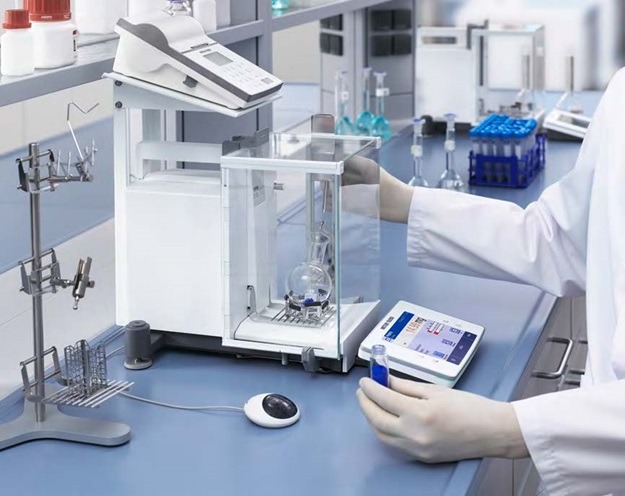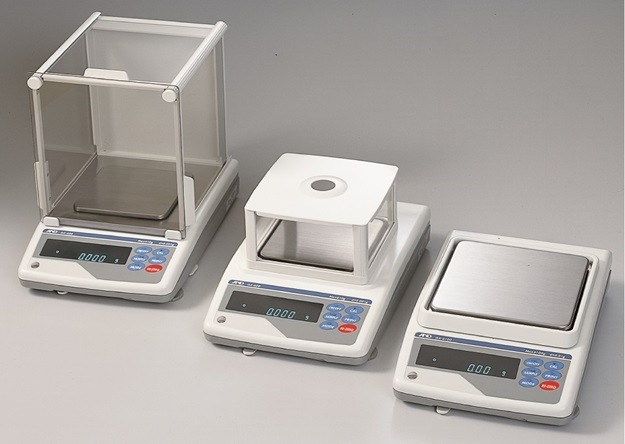Observed by an average person, lab analyzes in any setting are routine procedures done by professionals. But have you ever wondered what all these procedures include? Of course, these are complex operations and equipment that require professional handling. But every analysis in the laboratory starts with measuring.
On the source below, learn about the history of laboratories:
https://brewminate.com/history-of-the-beginnings-of-the-laboratory-in-the-early-modern-world/
Precise weighing is required for reliable results, especially when the analysis demands several weights during the work process. But not any balance can provide high accuracy. That’s why these devices must be well-calibrated and adapted to substances it will measure. Most industries use analytical balances, as these are a must-have tool for any lab.
High Precision
The accuracy of the analytical balances can be from 0.0001 grams or 0.1 mg to 0.005 mg. Due to its sensitivity, this device must be protected by a glass cover or housing. These devices can be used for routine lab measurements or complex weighting procedures. In any case, these scales will give accurate results in the shortest possible time.
Analytical balances can measure small volumes of samples. It will ensure that the measuring data is accurate and reproducible. It’s a must as exact weighting ensures that the lab maintains data quality. That’s of great importance in medical or pharmaceutical labs that work on medication development.
Yet, there is always a certain amount of uncertainty in analytical balances. It will be determined by measuring the efficiency of this device, the properties of the weighted objects, and the environment. Detecting this uncertainty is an integral part of weighing calibration. So, one should always have it in mind when measuring.
Conditions for Accurate Measuring
The accuracy and repeatability of the weighing results are closely related to the scale’s location in the room. So, to ensure that your balance works under optimal conditions, you need to consider many factors that might seem unimportant at first glance.
For example, the table’s stability where the scale is located is essential. It must be non-magnetic and attached to a wall or floor (not to both at once due to vibration transmission). The best is to place it in a corner where it will be least exposed to external influences.
Also, the room’s microclimate can affect the accuracy of this device. Try to ensure optimal and stable temperature, humidity, and as little airflow as possible. So no air conditioning and opening doors and windows while using the scale. Also, avoid direct exposure to sunlight, heat sources, and other light sources.
You should always use a fully dry tared container for accurate measuring. As these devices are highly sensitive, even the slightest temperature change can interfere with their accuracy. So keep the container at a stable temperature and as dry as possible. Never use a pan or weighing paper.
Variety of Functions
Analytical balances are widely used in labs, productions, and quality control. Without them, it is impossible to prepare samples for further testing. So, they are essential in pharmacy and medicine, where they are also used to test medical equipment, routine pipette checking, etc.
These scales can measure small amounts of powder samples and minerals in the mining industry. They can also determine their density. In veterinary medicine and agriculture, analytic balances can measure small animals, count pieces, and determine the percentage within a sample. Also, this device is necessary for differential and interval weighing.
Besides accuracy, analytical balances also allow users to collect data over time. That’s because analytic scales provide statistics of data stored in them. You can memorize previous records, smallest and highest value, deviation, and variance coefficient. On this link, find some handy tips on choosing a lab scale.
Additional Features
The benefits of analytical balances go beyond cost. Besides its accurate and reliable work, these handy devices come with many extra features. For example, some analytical balances feature a built-in scale for a percentage. That comes in handy for measuring moving objects.
It’s also crucial that the unit has internal calibration. It should be done whenever temperature changes affect the measurement result accuracy. Some top-notch devices can be configured for self-calibration every time you turn them on. For example, some balance models are backlit, while others offer dynamic weighing. The latter is perfect for measuring the unpredictable movement of liquids.
Most analytical balances can be linked to a PC, a data printer, or another analytical instrument. That makes data collection faster and easier. Also, high-end models come with built-in Bluetooth technology. That makes pairing with various software packages easy. It also ensures that the system is functional and can meet the lab requirements.
Usage in Various Settings
While laboratory balances are essential in medical institutions, they can also be used in industrial and school settings. They are best suited for weighing small components or samples. Ease of use distinguishes these devices, too.
To start weighing:
- Open the door and place the container on the surface with gloves or tweezers (no bare hands).
- Close the door and record the weight.
- Delete this value by pressing the tare key.
- Gently add the sample to the container until you reach the desired weight.
- Close the door and wait until the weight stabilizes.
- Record the net weight.
- Turn the device’s standby mode once the measuring is done.
Different Models Available
Analytical balances come in several types and capacities, depending on where they will be used. For example, max capacities don’t have to be more than 500 grams for medical labs. But for devices used in production settings, this capacity can go up to a few dozens of kilos.
These devices are usually adapted to the matter they will measure. Analytical balances are compatible with various sample containers, such as dedicated spatulas and weighing papers. Some models are battery-operated, while others have cords.
All advantages of analytical balances make them an essential investment for any lab setting. They are expensive but invaluable tools for labs that need precise measurements. Be very careful when buying them and get them only from certified dealers.

